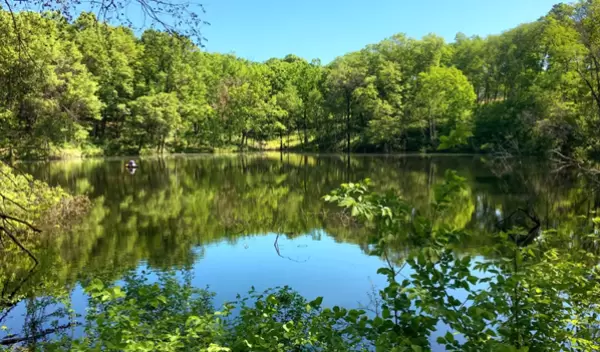
What is a pond? Study provides first data-driven definition
What, exactly, distinguishes a pond from a lake or a wetland? A U.S. National Science Foundation-supported study co-led by Cornell University offers the first data-driven, functional definition of a pond and evidence of ponds' distinct ecological function, new findings that could have broad implications for science and policy.
"The lack of a universal pond definition causes a lot of confusion, from people wondering about the difference between a pond and a lake, to aquatic monitoring programs with different definitions across governmental agencies, even up to accurately modeling global carbon budgets," said Meredith Holgerson, co-first author of a paper on the subject published in Scientific Reports.
"We wanted to evaluate how scientists and policymakers define ponds and examine whether ponds are functionally distinct from lakes and wetlands," Holgerson said. Their conclusion: Ponds are small and shallow waterbodies, with a maximum surface area of 5 hectares (12.35 acres), a maximum depth of 5 meters (about 5.5 yards) and less than 30% emergent vegetation.
There are hundreds of millions or even billions of ponds globally -- more than 95% of the world's still waterbodies are small (under 10 hectares, or 25 acres) -- but the humble pond is understudied and has been largely left out of federal and state monitoring and protection programs.
That's partly because their numbers make monitoring difficult but also because agencies fail to define them or distinguish them from lakes or wetlands. The neglect has implications for the accuracy of climate modeling, as ponds are high emitters of greenhouse gases, and their contribution to the global carbon budget is uncertain.
Holgerson and her team examined how scientists defined "pond" in more than 500 relevant scientific papers, coding it for different descriptors, like surface area or depth, and whether the descriptions were qualitative or quantitative.
"We found that there wasn't one definition that researchers all cited, and the definitions were often qualitative, describing a pond as 'small,' for example," Holgerson said.
The researchers found that ponds are not the same as lakes or wetlands, however. Further examination of the literature revealed that ponds have distinct ecological structures and functions that make their categorization with either lakes or wetlands problematic.
The distinct profile and characteristics of ponds means they shouldn't be held to the same monitoring standards as lakes or wetlands, Holgerson said. "For example, ponds may have naturally higher nutrient concentrations and higher methane fluxes. We may need to develop unique water quality standards for pond monitoring."
More research is needed to hone the definition, particularly to better understand waterbodies at the boundaries between wetlands and ponds, and ponds and lakes.


